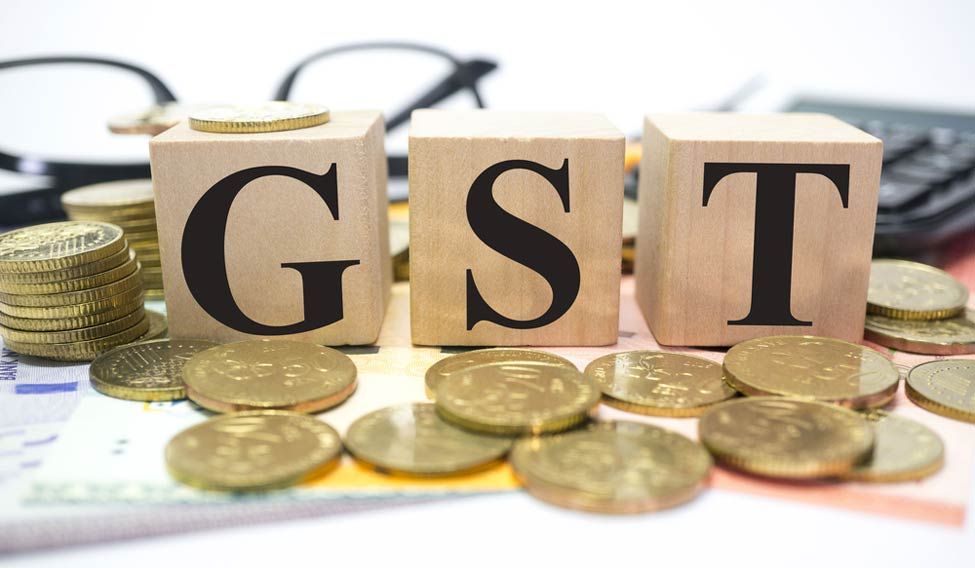Small and Medium Enterprises
May 19, 2017 | Expert Insights

The Small and Medium Enterprises have contributed to the primary growth of the Indian economy for decades. There are over 3 million enterprises that have catered to 50% of the industrial output and 42% of the total exports. For a developing country like India, these SMEs have emerged as the leading employment-generating sector and has also widely provided a balance between the various sectors.
Post the passing of a uniform Goods and Service Tax in the Rajya Sabha, the Small and Medium Enterprises have been in a state of flux. Most of the unorganized SMEs grow at a faster rate than compared to organized because of lower cost structures that stems from tax avoidance, not paying social security benefits to employees and excise duty.
Big Changes for the SMEs
Conventionally, indirect tax policymakers have rendered the small and medium enterprises favorable tax treatment. This treatment was provided as these enterprises used lesser amount of capital per unit and promised higher employment per unit. With the new GST, it does necessarily promise to protect the small-scale duty benefits. While the micro units are provided duty concessions, the small and medium enterprises are under tight regulatory regimes. There is consensus that the GST could increase the compliance cost and multiple benefits that common taxes would bring these enterprises. Also, the input tax credit system would also act like incentives to come into the tax net as a creates a uniform level-paying for all players.
Possible Impacts of GST
Rajeev Dimri, the leader of the Indirect tax, proposed that the GST would throw a mix bag of opportunities and challenges for the SMEs. The intention behind the GST is largely to expand the taxpayers base and does not focus on enhancing the tax burden of these payers. This would create a space for curbing the scope of tax evasion for both the organized and unorganized sectors.
But on the flip side, it could vitiate the prevailing protectionism provided by the government to both the Small and Medium enterprises. The SMEs that are currently exempted from paying excise duty, are compelled to pay the full rate of GST which would bring their products to stiff competition with the industry leaders in terms of tax costs. They would face an increase in their tax rate under GST as compared to their present effective rate of 15%.
Assessment
A sizeable portion of the SMEs believe GST would not be all that good for the sectors and thereby instilling fear in the sectors. The single tax structure would be the only prominent benefit that SMEs enjoy. However, the reduction in duty threshold remains of key concern that led them to remain wary of the GST bill.
Under the existing excise duty, no enterprise without a turnover of less than rupees 1.50 crores, would have to pay duty. But with the new GST implementation, this exemption limit is significantly lower to around rupees 25 lakhs. Thus, the SMEs are not left with any other option but to conform with the increase in excise duties.
But since SMEs would have to comply with the new GST, it would help them improve the technology and lower the difference between income and expenditure. It is also considered that SMEs that supply to the end consumers would suffer the most as they will not be able to avail to any sort of input-credit.








Comments